Energy Review: Practical and Technical Perspectives—What is Energy?
Students will take a short field trip around the school to identify different types of energy.
Students will take a short field trip around the school to identify different types of energy.
Students will receive a background on solar energy, solar energy applications, and electrical circuit components. Students will then apply these concepts to a Home Energy Consumption worksheet and the construction of a Solar Module MintyBoost USB Charger,...
This unit incorporates basic programming knowledge and solar energy into an engineering design challenge using Sphero SPRK+ robots. The theme for this challenge centers on the idea of Mars rovers, and the challenges faced in space exploration, specifically...
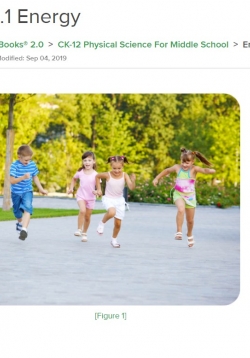
cK-12 is a nonprofit free database of curricular resources across all subjects, and includes complete content, interacties and simulations, assessments and videos and more. The energy content includes content that addresses the foundational content required in NGSS.
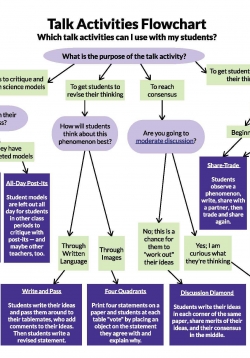
A fantastic one-page guide for educators to navigate different activities to promote collaborative science learning, based on the need/purpose andn timing of the activity. Includes stuent- and teacher led activities across a range of leanring styles.
Through a series of learning experiences, students will experiment with the basic concepts of motion to electrical energy transformation. Students start by building a series of models that demonstrate the interactions between magnetic and electric fields....
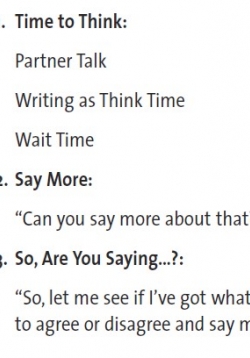
A simple reference for all student ages of talk moves and activities that educators can use to facilitate productive academic dialogue around new topics.
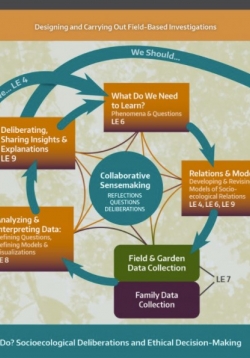
A great learning framework for place- and field-based seasonal exploration, which is an essential aspect of understanding local resources and seasonality that affects energy generation sources and usage. Includes curricular materials in English and Spanish, and materials and family materials and activities as well.
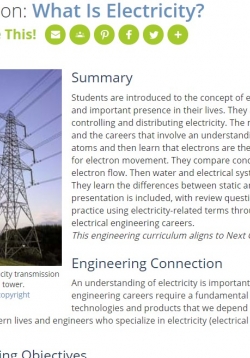
A basic introduction to electrical energy and how it shows up in the world, including understanding the atomic basis for electricity. Not phenomena driven, but a solid stand-alone lesson to help students understand electricity.
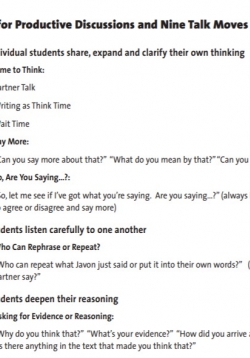
Teacher guide that focuses on introduing and strategies for fostering academically productive talk in classrooms, with a focus on STEM practices of Construction Explanations and Arguing from Evidence. Has many great tools for fostering a culture of evidence-based dialog in classroom environments.
Bonneville Environmental Foundation
1500 SW 1st Avenue, Suite 710
Portland OR 97201
phone: 503-248-1905